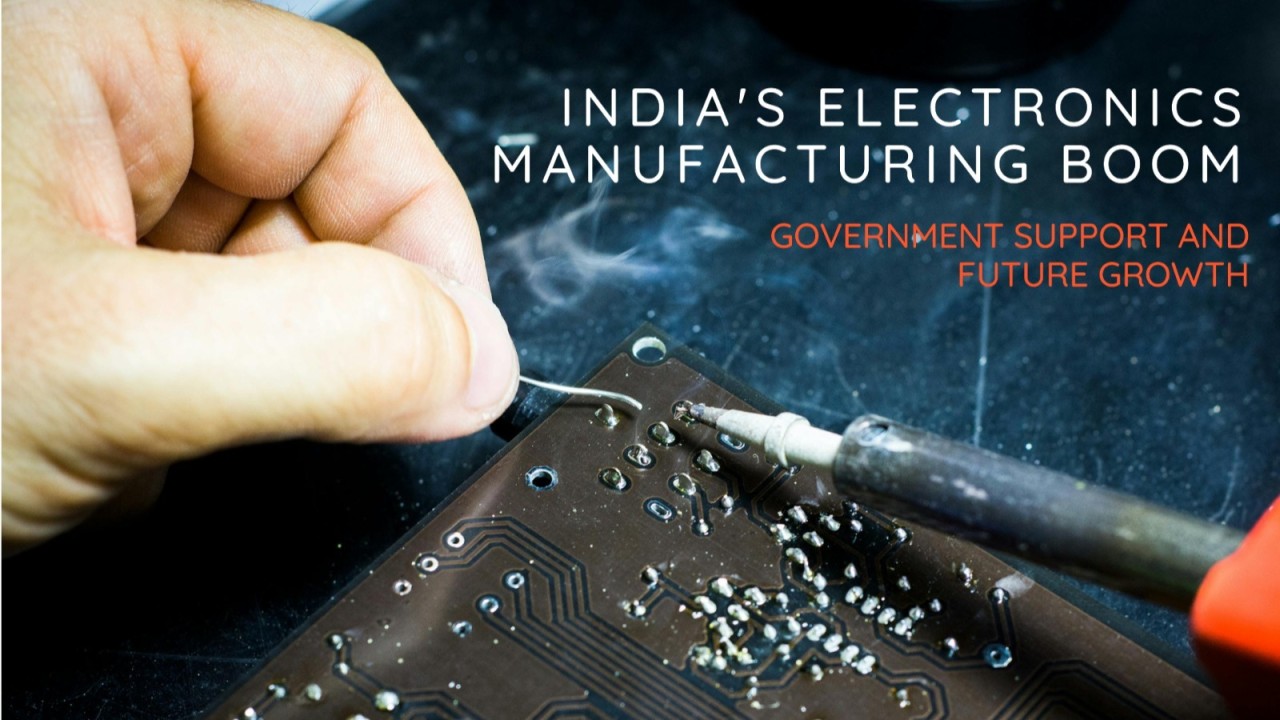India has witnessed a remarkable transformation in its electronics manufacturing landscape, with the sector now employing approximately 2.5 million people directly, according to recent statements by IT Minister Ashwini Vaishnaw. This surge in employment underscores the country’s strategic push to become a global hub for electronics production, driven by government policies, increased investment, and a growing supply-chain ecosystem.
India’s Electronics Sector: From Import Reliance to Manufacturing Powerhouse
Before 2014, India depended heavily on imports for electronics components, importing over 60% of its needs, with annual production valued at around USD 45 billion. The launch of the Make in India initiative marked a turning point, aiming to boost local manufacturing across multiple sectors, including electronics. Subsequent policies, such as the National Policy on Electronics (2019) and the Production-Linked Incentive (PLI) schemes, have accelerated this growth, incentivizing domestic production and attracting foreign direct investment (FDI).
Strategic Policy Framework and Industry Growth
Key policy measures have created a fertile environment for expansion. The PLI scheme, launched in 2019 with a budget of approximately INR 41,000 crore, targeted sectors like mobile phones and electronic components, offering incentives of 4–6% on incremental sales over five years. Moreover, the scheme’s expansion in 2021–2023 to include sub-sectors such as semiconductor packaging and display manufacturing has further diversified and strengthened the industry. As of June 2024, the government reported that electronics production surpassed USD 100 billion annually, with domestic manufacturing meeting over 65% of local demand.
Employment Impact and Workforce Composition
The sector now supports approximately 2.5 million direct jobs across operational roles, research and development, testing, logistics, and quality control. An estimated 4 to 5 million additional jobs are generated indirectly in upstream component supply chains and downstream services like retail and repairs. Salaries range from INR 12,000–18,000 per month for entry-level technicians to over INR 150,000 for senior managers, reflecting a broad spectrum of skilled roles.
The workforce is a mix of engineers, diploma holders, trade apprentices, and semi-skilled assembly operators, with an emphasis on building a skilled talent pool through government training initiatives, such as the National Apprenticeship Promotion Scheme and Skill India.
Government Initiatives Driving Growth
Several initiatives underpin this momentum. The Production-Linked Incentives scheme incentivizes manufacturers across 13 sectors, aiming for an incremental output of INR 10 lakh crore over five years. Infrastructure support through Electronics Manufacturing Clusters (EMCs), which offer ready-to-use facilities, and schemes targeting skill development, are also central to India’s strategy to foster a robust manufacturing environment.
Major Players and Investments Fueling Expansion
Domestic companies such as Dixon Technologies, Bharat FIH, and Lava have been major contributors. Global electronics giants like Foxconn, with a USD 1 billion investment in Andhra Pradesh, and Samsung, with a USD 700 million facility in Noida, exemplify international confidence in India’s potential. Overall, foreign direct investment since 2014 has reached roughly USD 24 billion, accounting for 15% of total manufacturing FDI in India.
Supply Chain Ecosystem and Infrastructure Challenges
While the growth is impressive, challenges persist. The supply chain still depends heavily on imported semiconductors and display panels, with 75–80% of components sourced from abroad. Upstream industries like semiconductor fabrication and PCB manufacturing are developing but remain in nascent stages. Infrastructure issues, especially inconsistent power supply in smaller cities and delays in land acquisition, hamper faster growth in some regions.
The ecosystem includes a wide array of entities—from component manufacturers like Bharat Electronics Ltd. and Bosch India to module assemblers and after-sales service networks. Logistics improvements, such as dedicated freight corridors and port modernization, are also facilitating quicker supply chain movement.
Environmental and Social Concerns
Despite economic gains, environmental groups have raised alarms over e-waste management, with India generating more than 3.5 million tonnes of e-waste annually. Currently, only 20% of this waste is formally recycled, raising health and environmental concerns. Labor advocates call for safer working conditions, formal employment contracts, and social security benefits for workers, especially in the semi-skilled and temporary categories.
Looking Forward: Opportunities and Challenges
The government’s focus on semiconductor fabrication—including upcoming chip parks in Gujarat and Karnataka—aims to reduce reliance on imports further. Advances in automation and Industry 4.0 technologies, like robotics and AI, are expected to elevate productivity. Additionally, initiatives promoting green manufacturing, such as solar-powered facilities and environmentally friendly waste practices, could set new standards for sustainability.
Industry analysts and government officials remain optimistic, emphasizing that continued investments, infrastructure development, and workforce upskilling are vital to fulfilling India’s ambition of becoming a global electronics export hub by 2030.
Conclusion: A Sector in Transition, Poised for Growth
India’s electronics manufacturing sector is no longer just an aspirational goal; it has become a vital engine for employment and economic development. With 2.5 million direct jobs and a resilient supply chain, the industry’s trajectory is promising, provided that systemic challenges such as infrastructure, skills gaps, and environmental sustainability are effectively addressed. The ongoing collaboration among government, industry, and civil society will determine whether India can realize its vision of a self-reliant, innovative electronics ecosystem in the years ahead.






Leave A Comment